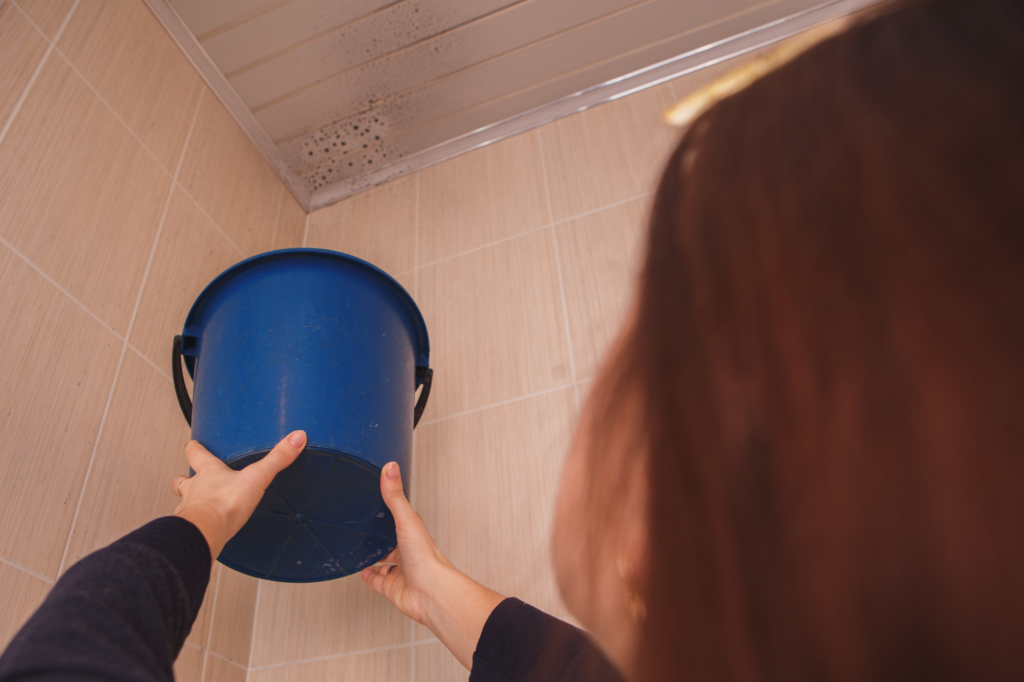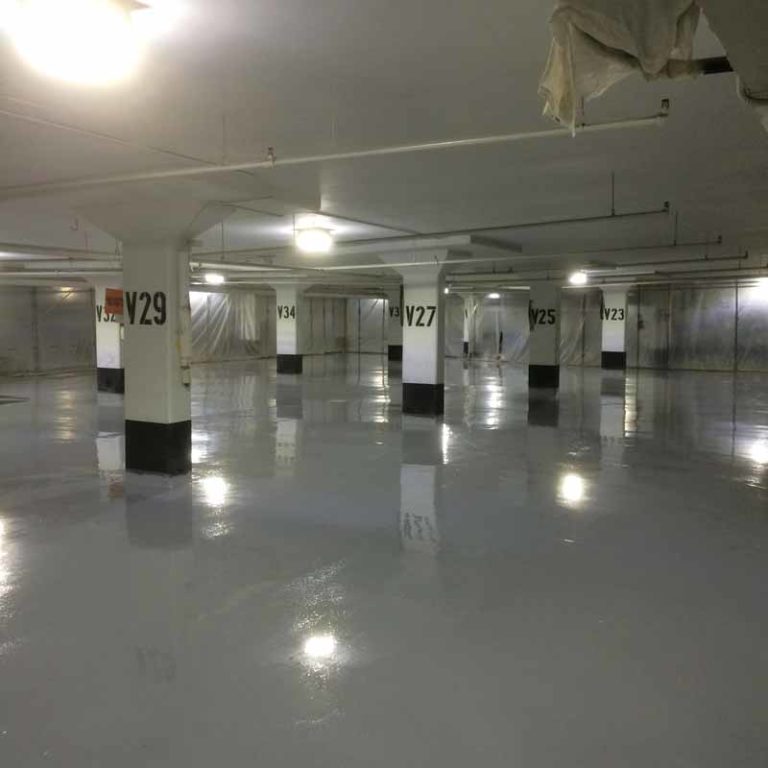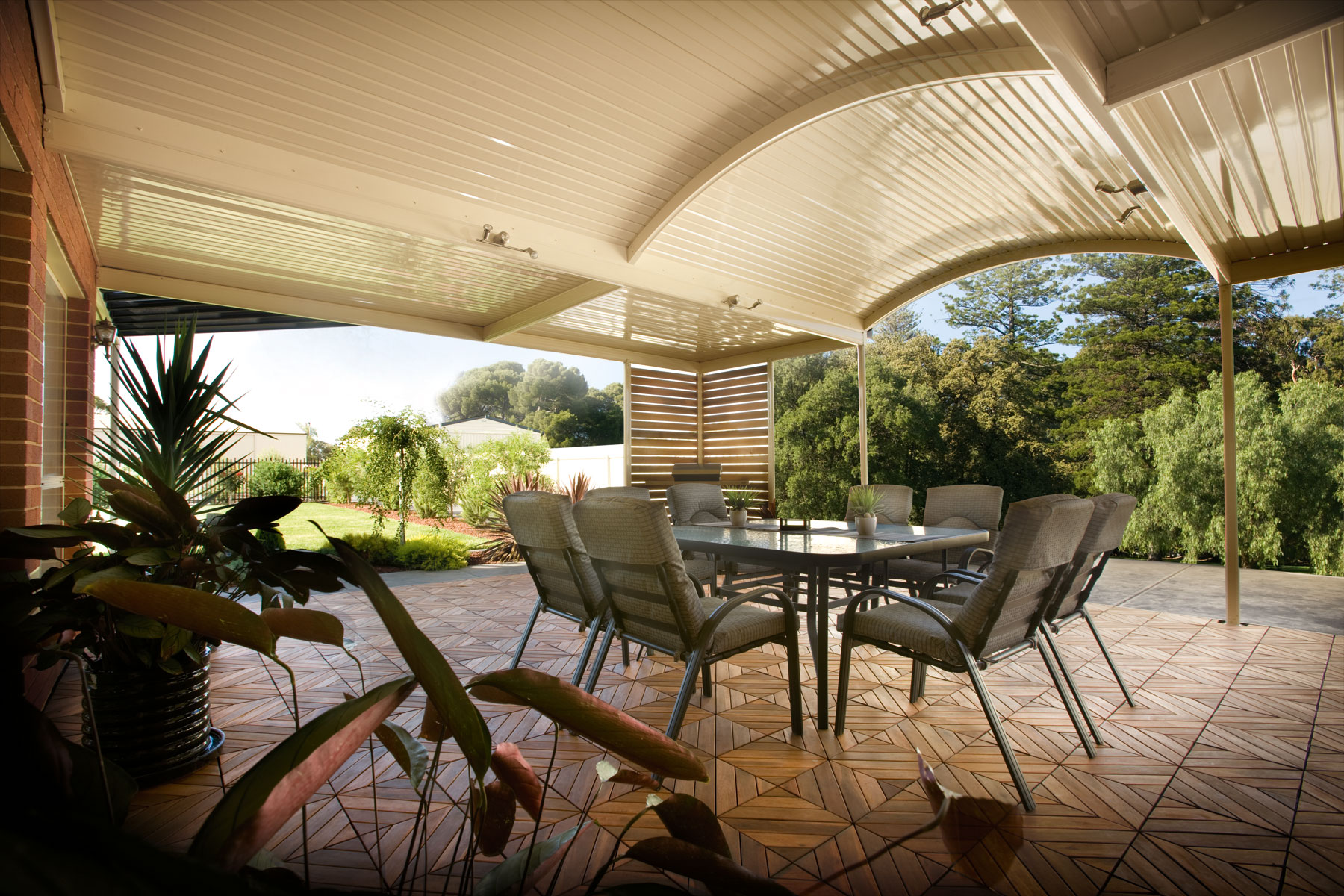Are Roof Leaks Covered By Home Insurance?
Table of Content
Many homeowners will encounter leaks in their roofs and experience the pain of realizing they may have to spend a substantial amount of money on repairs. Most homeowners policies will cover sudden water damage to personal property, such as furniture, unless it is specifically excluded, but only under certain conditions. Bankrate is compensated in exchange for featured placement of sponsored products and services, or your clicking on links posted on this website.

Let your contractor know when the insurance adjuster is coming because they may have questions for the insurance adjuster. You don't want to lose a payout because you didn't have the correct paperwork. Insurers will not pay out—or will pay out a lower sum—if they believe that the roof was already damaged due to regular wear and tear. Your roof leak can also get into the electrical system and become a fire hazard. Over time, the constant flow of water can lead to mold and mildew build-up. Roof leaks can lead to house damage that can cost you a lot of money to repair.
Keep home insurance cost down
The best home warranties act as service contracts that cover certain repairs and maintenance calls after the payment of a preset service call fee. This makes it possible for homeowners to comfortably call for a maintenance technician, already knowing how much the visit will cost. Home warranties apply to all home systems and appliances that are outlined in the contract, including plumbing, electrical, HVAC, and kitchen and laundry appliances. Roof leak coverage may be offered as an add-on, as well as coverage for septic systems and well pumps.

Homeowners insurance generally covers roof leaks if they are sudden and accidental. Some homeowners choose ACV coverage for their roof in order to save money on their premiums. Certain insurance companies will give you ACV coverage by default if your roof is past a certain age. Say you paid $20,000 for your current roof, and it was supposed to last 20 years. If you have actual cash value coverage, your insurance company would deduct half the roof’s value because it’s halfway through its expected lifespan. Your insurance company may not pay the full price of a roof replacement if you have actual cash value coverage for your roof.
Schedule a Free Roof Leak Consultation Today
Most home insurance policies offer roof leak coverage for disasters. For instance, if a branch were to break off a tree during a storm and hit your roof, the insurance company would reimburse you for damages up to a certain amount based on your coverage limit. Roof repairs are typically expensive, from anywhere between $1,500 and $7,000, so be sure to check your coverage limits and adjust them where appropriate. Your home insurance won’t cover roof leaks if the damage is the result of wear and tear, old age or something that occurs gradually over a period of time. It’s important to keep your home in a good state of repair, ensuring that roofs are well maintained, with no tiles missing. Both Saga Selectand Saga Plushome insurance policies cover roof leaks that are directly caused by storms and falling objects such as trees.
You may be able to file your claim by phone or on the insurer’s website or app. It’s best to file as soon as possible to get the process started, especially if your damage is due to a widespread natural disaster. It can take longer to settle claims if there are hundreds of other nearby homeowners who also need help. If you need to file a claim for a roof leak, report the problem promptly and look for a reputable roofing contractor. Certain dog breeds are also sometimes not covered under your homeowners liability insurance.
Get a Free Roof Inspection
When talking about the most common homeowners insurance claims, roof damage is high up on the list. Damages may include the unit itself as well as water damage to the surrounding areas of the home. Whether your homeowner policy will cover your cost depends on your policy and the type of damage you have to the unit.
Except for the most basic leaks, it's best to have a professional assess the damage and recommend repairs. Once the above steps are taken, contact your insurance provider and communicate with an agent to submit the roof claim. This will help you get an estimate for how much the repairs or replacement will cost and how much your insurance provider will cover. Mold, pests or birds, wet rot, errors made by a contractor or construction worker as well as improper code materials are examples of perils that aren’t covered by homeowners insurance. Improper code materials are violations of building or plumbing guidelines established by licensed contractors.
They can be struck by lightning, damaged by violent winds, pounded by hail, compromised by a heavy load of snow and ice, or perforated by falling tree limbs. They can be burned by a firecracker thrown by a careless neighbor, or vandalized by delinquents. Bankrate’s full guide to the different types of homeowners insurance. Although not a legal requirement, it's worth considering leasehold buildings insurance to cover damages to the building. Anti-climbing products such as barriers, spikes, paints and warning signs are available to deter burglars from climbing onto your flat roof. Always keep proof of any repairs or maintenance work you’ve had done to show your insurer that you’ve been keeping your roof in good condition.

The offers that appear on this site are from companies that compensate us. This compensation may impact how and where products appear on this site, including, for example, the order in which they may appear within the listing categories. But this compensation does not influence the information we publish, or the reviews that you see on this site. We do not include the universe of companies or financial offers that may be available to you. However, it’s important to bear in mind that most home insurance policies won’t cover you if the leak has occurred due to poor upkeep or general wear and tear. If your insurance company accepts the claim, then the roofing contractor can start his work.
With this type of coverage, the insurer will pay the full cost for a new roof if you need one after a covered claim. But if you have actual cash value coverage, the insurer will reduce your payout to reflect depreciation, based on how old your existing roof is. It is the homeowners responsibility to maintain and take care of their roof and home, so most insurance companies do not cover roof leaks caused by improper ownership or lack of maintenance. In some cases, a homeowners insurance policy specifically excludes covering the repair of roof damage, more so in HO-8 insurance policies. What’s included in your home insurance roof leak coverage will depend on your policy and coverage limits. It’s important to note that some home insurance policies may not cover certain natural disasters and therefore won’t cover roof leaks caused by those disasters.

Our mission is to provide readers with accurate and unbiased information, and we have editorial standards in place to ensure that happens. Our editors and reporters thoroughly fact-check editorial content to ensure the information you’re reading is accurate. We maintain a firewall between our advertisers and our editorial team. Our editorial team does not receive direct compensation from our advertisers. She has three years of experience writing for insurance websites such as Bankrate, MoneyGeek and The Simple Dollar. Mandy writes about auto, homeowners, renters, life insurance, disability and supplemental insurance products.
Each insurance company has its own rules on how home claims impact rates and how often you can file a claim without it affecting your policy. If you are unsure about filing a claim, you may want to call a roofing inspector to assess the damage to help you determine the initial cause so you can decide. Damage caused by lack of maintenance, a gradual leak over time, intentional acts or pest damage are typically not covered by homeowners insurance. In particular, beware of roofing contractors going door to door after disasters. They may dangle suspiciously low rates or promise to get you a free replacement roof from your insurance company if you let them file a claim on your behalf.

That policy should offer payment for property damage caused by the roofer’s work . Dwelling coverage, which pays for damage to the structure of your home. In most homeowners policies, your dwelling is covered on an “open perils” basis. This means your roof is covered for any cause of damage that isn’t specifically excluded in your policy. In addition to the roof itself, your policy may cover related damage to other parts of your home.
If the warranty includes roof coverage, it may cover the repair to the roof if it has failed as a result of age or normal wear and tear, and it may also cover roof water damage. But a warranty will typically not cover other damage caused by the roof leak. In some circumstances, the home warranty might cover the failure of the roof when homeowners insurance does not.

Comments
Post a Comment